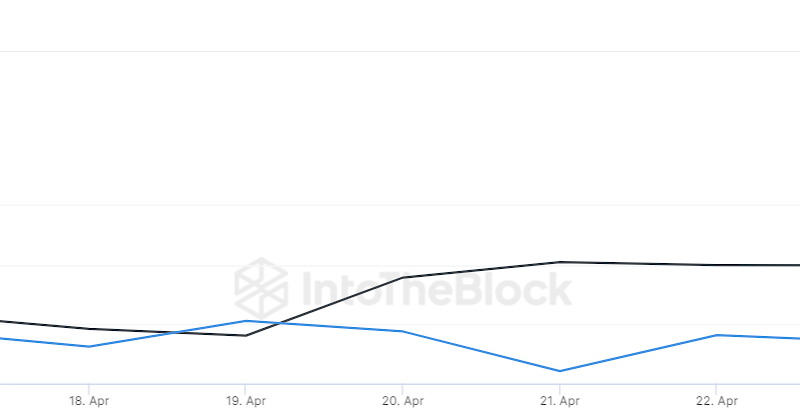
For nearly a decade, critics of cryptocurrency have had one last holdout argument against the non-hard form of money: it’s not acceptable as a standard form of payment except in a few niche markets. Now that some of the world’s largest paysites, banks, retail stores, and e-commerce entities accept Bitcoin (BTC) and several other cryptos, that criticism is null and void.
PayPal’s decision to accept BTC as a form of payment last October was an event in the life cycle of the world’s largest and best-known cryptocurrency. Not only is PayPal going crypto-friendly, but it’s also made huge investments into BTC, buying up massive amounts of it and encouraging its own customers to use it.
Why is a cryptocurrency set to go mainstream within the next few years? Here are some of the key reasons behind the long-awaited transformation of cyber currency into a mainstream form of money.
More are Using Non-Cash Payment Methods
It took less than a decade for consumers to go all-in for non-cash transactions. Credit cards have been around for years, so the concept of no-cash buying and selling was not entirely new. What is new is the widespread acceptance of all non-cash payment methods in today’s retail environment.
In addition to plastic credit cards, there are debit, gift, reward, EBT, and various other kinds of cards consumers use at point-of-payment. And during online transactions, a simple account number can get the job done. Part of the reason the early 2020s will likely be the era when crypto goes mainstream is that consumers are ready.
We’ve all be on a non-cash diet for more than 10 years and don’t view every new payment method as some strange, non-secure way of doing business.
PayPal is a Major Player in the Online Economy
Having PayPal accept your currency is about as close to traditional success as a coin can get. That’s because the platform services millions of consumers every day and performs billions of transactions each month. In its early days, they had their own problems with social and financial acceptance, so the company’s owners know a thing or two about the topic, and they learned it from direct, difficult experience.
But as the years passed by, it became a fully accepted way to transmit funds from point A to point B, the platform earned its place as a major player in the global monetary community. The final chapter in the story occurred in October 2020 when they began offering cryptocurrency services to its nearly 350 million users worldwide.
Crypto Serves Multiple Purposes
Unlike dollars, yen, or euros, BTC and other cryptocurrencies serve a dual purpose for those who hold it. It’s not just a way to pay but an investment asset. Every form of crypto money has endured volatile price changes since their inception. Speculators who could handle the rapid ups and downs often looked for profit opportunities in the wild swings. Some lost huge sums while others become millionaires in short order.
But as the new form of money takes its place alongside traditional currencies, it still carries its unique characteristics as an investment instrument. Holders of PayPal accounts, for instance, who have a half unit of BTC on their books, could see buying power rise or fall from one hour to the next. In fact, any account denominated in Bitcoin or a similar form of money is subject to the changing market prices of the particular asset. The fact remains that trading Bitcoin for profit is a popular goal for many.
Knowledge is Acceptance
Investors have been actively tracking the daily price changes of all the cyber coins for nearly a decade. BTC appeared on the scene in 2009, and about a half-dozen others came along by the middle of the next decade. But in the world of global finance, nothing spells acceptance like widespread knowledge. Until the latter half of the 2010s, few outside the financial services and investing industries were aware of what cryptos were.
Then, sometime in the past five years, news coverage reached a critical mass and everyday consumers began to take an interest. It’s worth noting that the big attraction for most readers was the chance to make a fortune on price swings in the cyber coin markets.
Traditional Forms of Money are Less Stable
The U.S. dollar was once the dominant form of money on the planet. It’s hard to make that argument today, with global political crises causing disputes between nations that were once on friendly terms.
For example, the recent Brexit situation in the UK has already caused chaos in Europe. And tensions between the U.S. and China have begun to destabilize two other major currencies. As the traditional forms of money lose ground, crypto alternatives can’t help but become more attractive to people all over the world.
The post appeared first on Coinpedia






